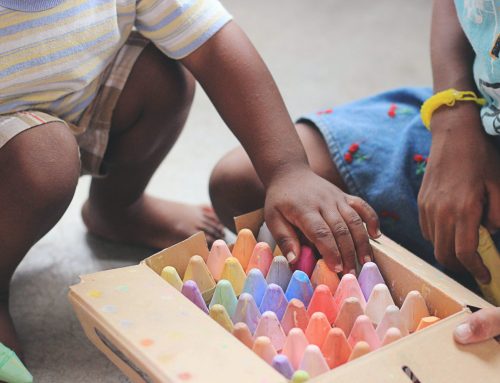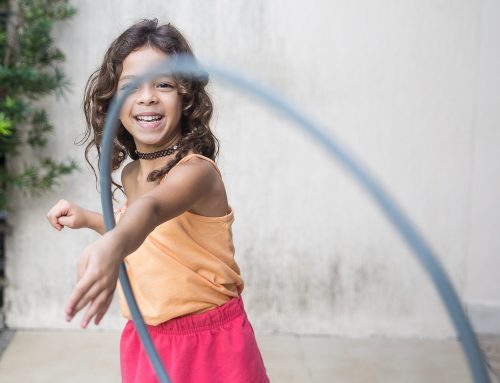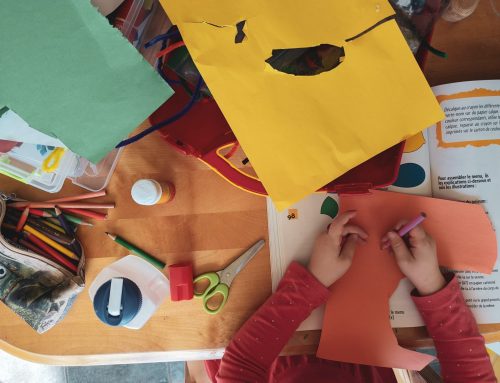Have you ever heard of Behavior Skills Training? Sounds complicated, right? If this is the first time you are seeing those three words together, fear not! Behavior Skills Training is a simple way to teach behaviors in 4 easy steps that you are probably already doing somehow.
At KNR Therapy, one of the approaches that we use to teach new skills is Behavior Skills Training (BST) – this training method is used by ABA Practitioners because it is proven effective in teaching new skills, from socialization skills to things like tying a shoe or putting on a t-shirt. BST’s goal is progress, and it can be achieved in 4 simple steps: instruction, modeling, rehearsal, and feedback. Let’s dive into each step and learn what they are all about.
- Instruction (Explain): You do this all the time. In other words, this is telling the other person what to do. Remember to be clear and concise while explaining how to complete the task and help the other person know why learning the skill is important.
- Modeling (Show): As simple as showing the person what to do. It’s important to go beyond visuals or instructions and model the skill in the actual environment (or as close as it gets). By showing someone how to do the task, you are saying this is doable – if I can do it, you can do it!
- Rehearsal (Practice): Practice makes perfect; let them put their new skills into practice as you supervise them.
- Feedback (Report): A crucial step in behavior learning. Provide valuable assessments on how the skill was performed with positive reinforcement. Feedback can be corrective, supportive, or both. Provide feedback at any time during the practice- just make sure to always start with something positive. Don’t wait until the rehearsal is completed to correct a mistake, or they might learn the wrong skill by practicing it wrong.
Now, do you agree you are probably already using BST to teach new behaviors? Once you get those four steps down, it is a simple and effective method to help you show new behaviors or skills.
So, why use BST? First, it is a method that has been proven to be effective and is supported by decades of research. Second, most people prefer you show them how to do a skill and practice it rather than just hearing how to behave. BST gives learners many opportunities to enact all parts of the newly learned skill along with modeling from those who know how to perform the skill. The BST steps can be used by anyone to teach a new behavior or skill if you adapt to the learner’s needs. And lastly, if you want the behavior to be used in the future, reinforce your trainee with positive feedback.
Keep it positive. Remember that it’s best to show your learner what you mean rather than just telling them, let them practice, give feedback and reward them for doing the skill correctly. As simple as that, you will be conquering behavior skills training in 4 steps.





